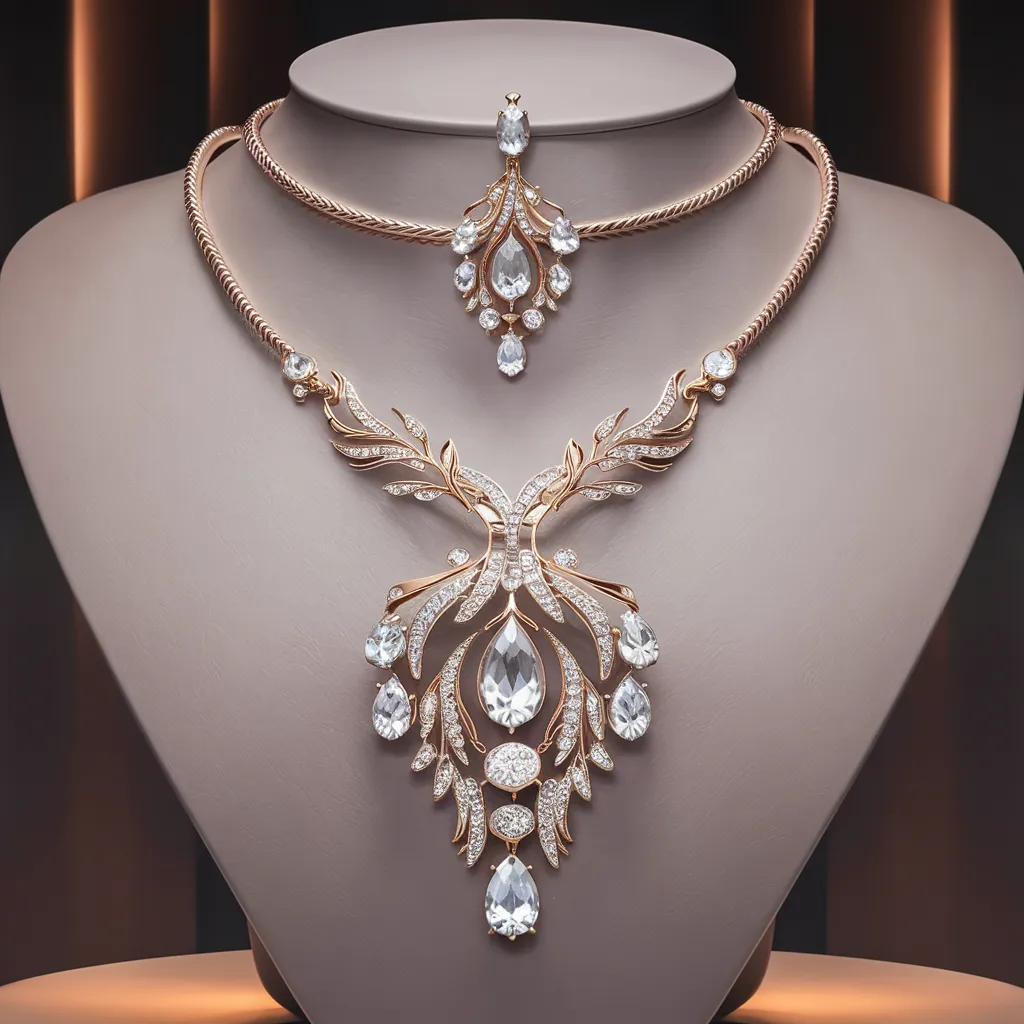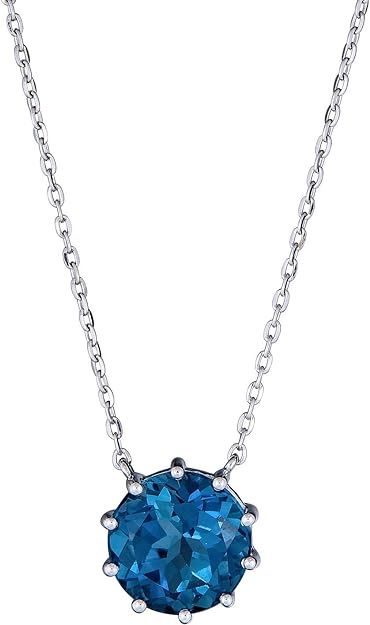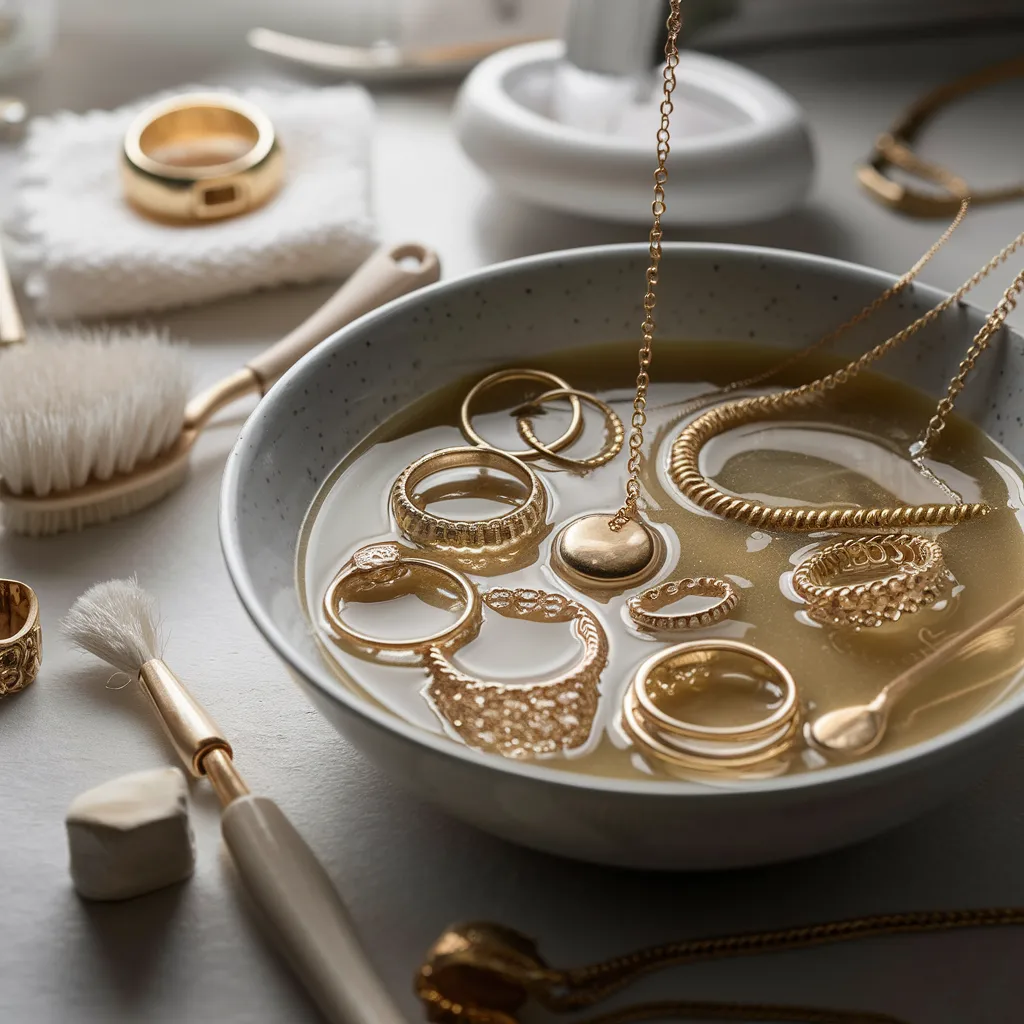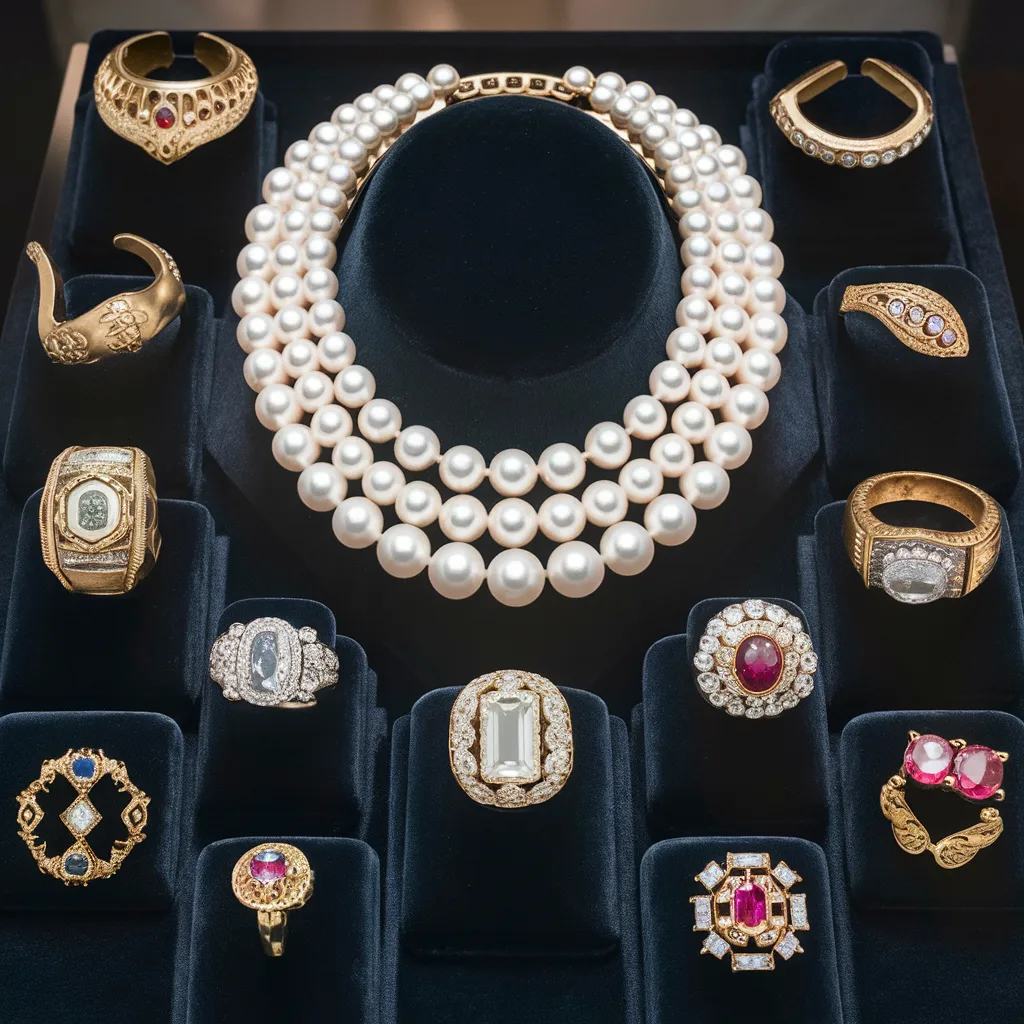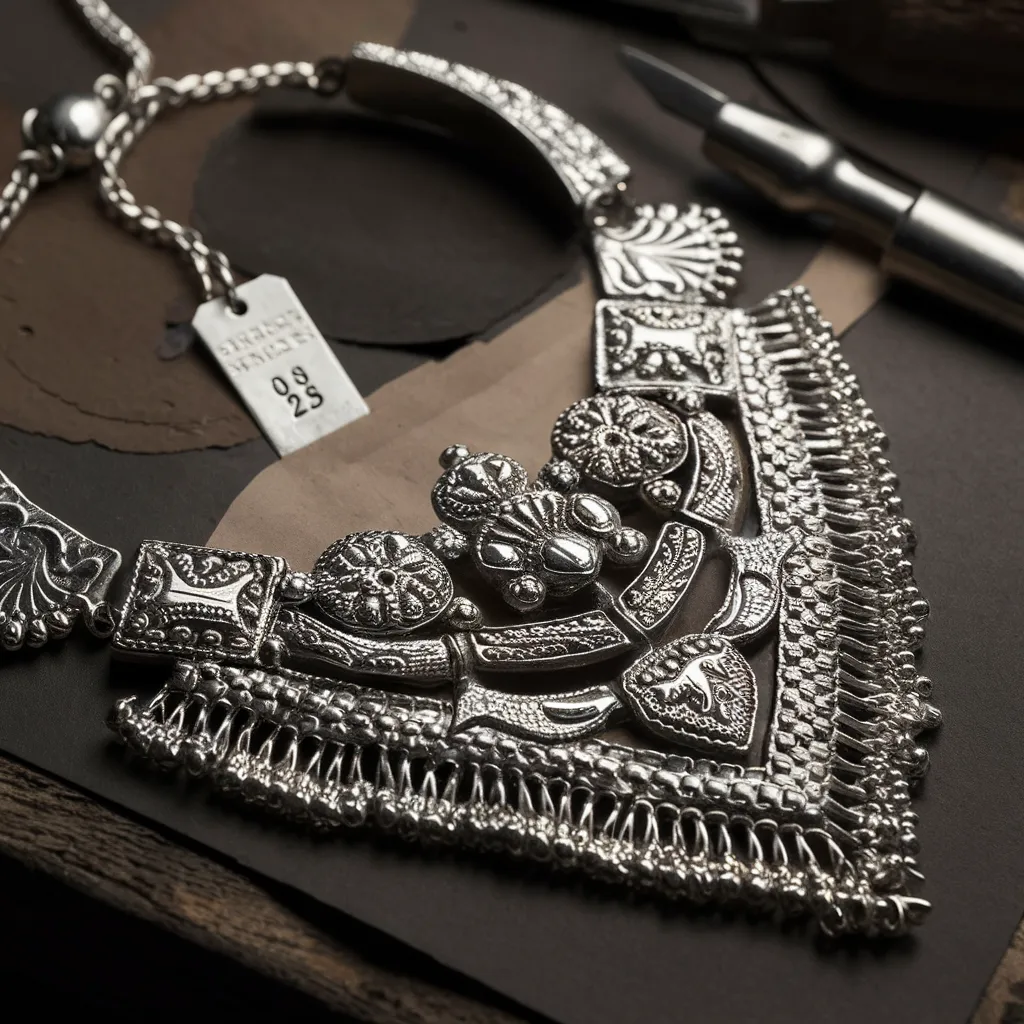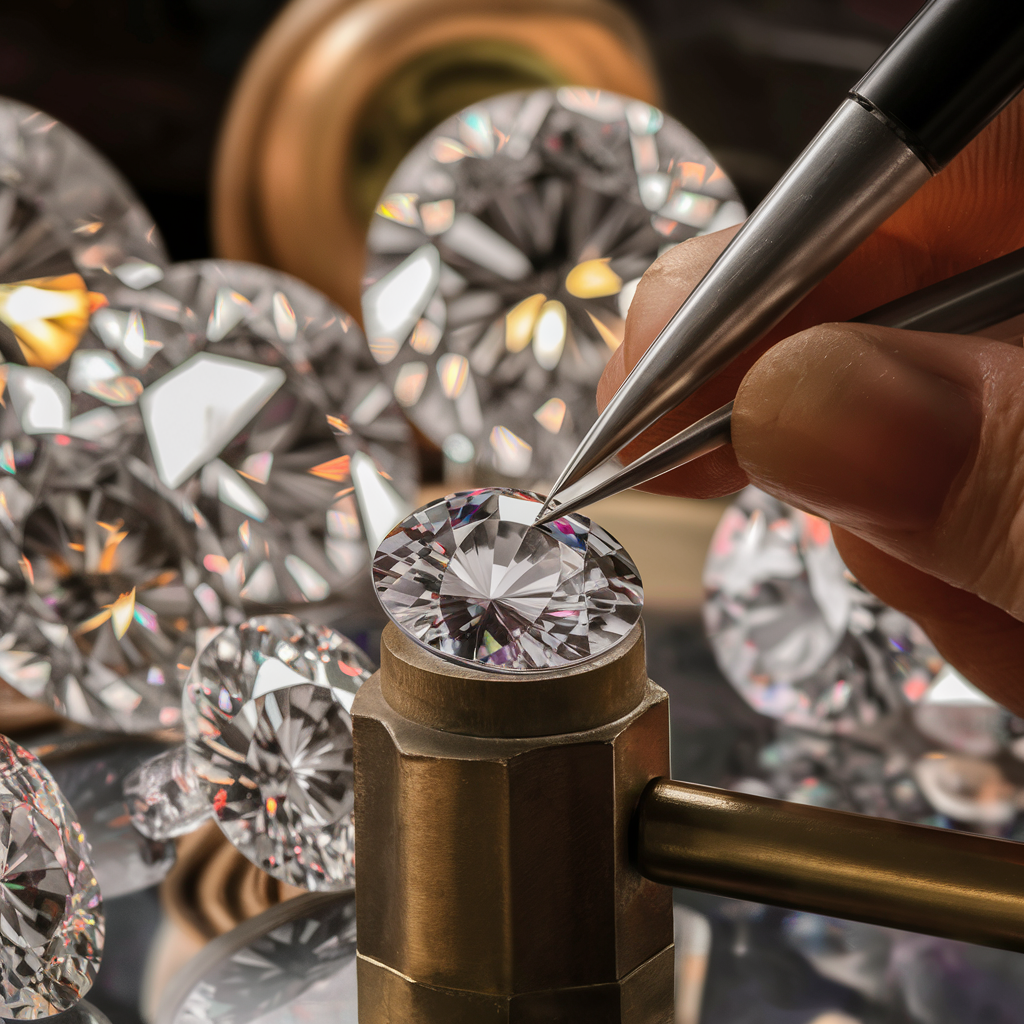
Gemstone Cutting and Polishing: The Secrets Behind the Sparkle
Introduction
Gemstones have enchanted humanity for centuries with their captivating allure and timeless beauty. However, behind their mesmerizing sparkle lies a meticulous process of cutting and polishing, a craft that unveils the hidden brilliance within. In this comprehensive guide, we embark on a journey into the world of gemstone cutting and polishing, unraveling the secrets that give these precious stones their unparalleled sparkle.
Understanding Gemstone Cutting
Gemstone cutting is an intricate art form that requires precision, expertise, and a deep understanding of the gem's inherent characteristics. The process begins with the selection of rough stones, each possessing its unique blend of color, clarity, and shape. Expert gem cutters meticulously examine these rough specimens, envisioning the final masterpiece that lies within.
The cutting process itself is a multi-step endeavor, where skilled artisans use specialized tools to shape the gemstone into its desired form. Diamond saws, grinding wheels, and polishing laps are employed to gradually refine the rough stone, revealing its innate beauty and brilliance. Each facet is carefully crafted to maximize light reflection and refraction, ensuring that the finished gemstone exudes an unparalleled sparkle.
Polishing for Perfection
Once the rough gem has been meticulously shaped, it undergoes a meticulous polishing process to enhance its luster and shine. Polishing involves the use of abrasive compounds, such as diamond powder, to smooth out imperfections and achieve a flawless finish. Expert polishers employ a combination of skill and precision to buff the gemstone's surface to a mirror-like sheen, allowing light to dance across its facets with dazzling intensity.
The Secrets of Sparkle
The mesmerizing sparkle of a gemstone is a result of its unique optical properties and the craftsmanship of its cut and polish. One of the key secrets behind a gem's sparkle lies in its cut, which determines how light interacts with the stone's facets. Well-cut gemstones are designed to optimize light return, ensuring that each facet reflects and refracts light in a way that enhances its brilliance and fire.
In addition to the cut, the clarity of the gemstone also plays a crucial role in its sparkle. Gems that are free from internal flaws and blemishes allow light to pass through unhindered, maximizing their brilliance and scintillation. Polishing further enhances clarity by smoothing out surface imperfections and improving light transmission, resulting in a gemstone that gleams with unparalleled radiance.
Conclusion
Gemstone cutting and polishing are ancient crafts that continue to captivate and inspire us with their timeless beauty and allure. From the meticulous craftsmanship of the artisans to the enchanting dance of light across each facet, every aspect of the process contributes to the mesmerizing sparkle of these precious stones. By delving into the secrets behind gemstone cutting and polishing, we gain a deeper appreciation for the artistry and skill involved in creating these exquisite treasures.

